Previous
The most unique Christmas markets in Europe (plus one)


Your dream house is one step away from you.
Subscribe to our newsletter and get 10% off orders of at least 100€!
Enjoy it and don’t miss out on our offers and updates.


For some years now, walking through the streets in October, you may have seen the windows of shops everywhere draped in dark hues, sporting witches and pumpkins.

Some find it to be an intriguing celebration, as they’re enthusiastic at the thought of celebrating Carnival with an edge. Others haven’t quite understood what it is or why, somewhere along the line, Halloween has made it to Italy.
If you are a skeptic, here are some secrets on the scariest holiday of the year. If in the next few days little ones ring at your door shouting Trick or treat? then we hope you’ll be ready to follow in Halloween tradition rather than being severely confused as to this strange proposition.
It all began more than 2000 years ago in Scotland with the Celts, even before the Romans would come through. The ancient Celtic calendar placed the beginning of the new year around what we currently consider 1 November, a holiday that at the time was called Samhain.
You know every occasion has its own traditions: for the New Year Italians eat lentils and turn red underwear inside out, while the Celts used to welcome back visits from the dead who wished them a happy New Year.
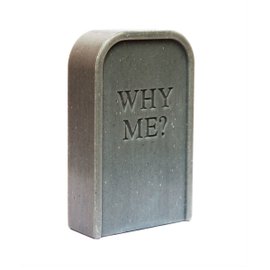
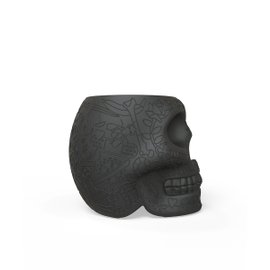
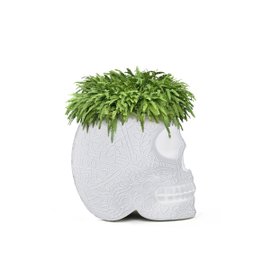
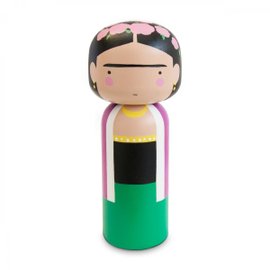
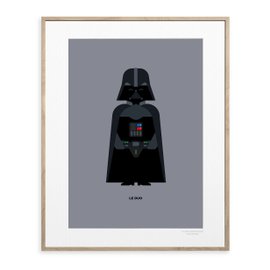

While the Celts were celebrating alongside the dead, the Romans came into Britain and Ireland, and when Christianity became the official religion, it also spread to the British Isles. As per Roman protocol, the two religions peacefully coexisted for a century or so, creating an interesting mixture of practices and ideas, one of which was Halloween.
For many practicing Christians it seemed like the only thing to do to combine Samhain with All Saints Day and All Souls Day, a holiday that up until then was celebrated in June. And just like that the Samhain tradition carried on, changing name and becoming All-Hallows-Eve, the eve of All Saints.

Everyone recognises the symbol of Halloween: the pumpkin. Or to be more precise: the carved pumpkin with a candle inside.
The Irish say that the pumpkin is called the Jack-O Lantern, a certain Jack had led such a rough life that he was even rejected by the Devil after death. Since that time – that poor soul! - he would start to wander the cold and dark, equipped with a flaming brand and a pumpkin. According to tradition, the day when Jack arrives on Earth in search of a warm place is, you guessed it, 31 October.
Every legend has some sort of reality-based inspiration: the ancient Celts celebrated the arrival of the dead with lit candles, and since the stunning Iittala candleholder hadn’t been created just yet, they would usually just carry around carved pumpkins and turnips.
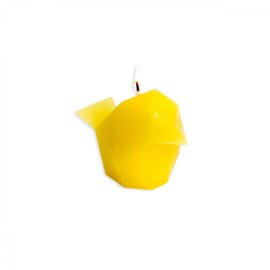
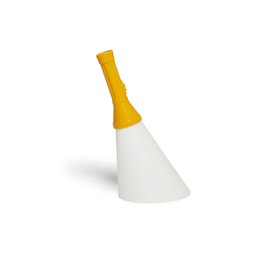

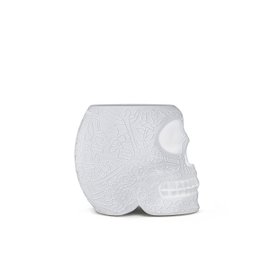
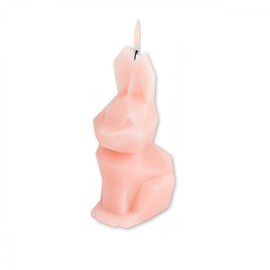
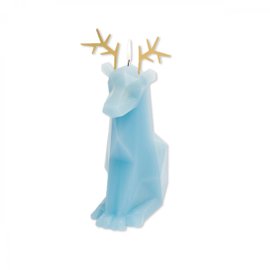
As for trick or treat? Although it may seem like an excuse for kids to gobble chocolate or paint your door with shaving cream without any consequences, there’s actually a logical explanation behind this, too.
In the past for All Saints the poor would go from house to house, knocking and promising to pray for the dead in exchange for something to eat or some spare change. As for those who didn’t give anything in return… things didn’t work out so well. As you can imagine, with all the superstitious people out there, the custom spread rapidly!
This year for Halloween you can get yourself a witch’s hat or devil’s ears and go out and scare passers-by on the road. Or you can wear costumes like Superman, a fairy or an outlaw and go to a party.
You can take a basket, throw some candy in it as well as a DVD from the slasher series Halloweenby John Carpenter, and head to your neighbour’s in hopes that they’ve also read everything on this blog.
Be sure to share this article if you don’t want to risk being misunderstood as you walk around dressed as Michael Myers.
Or you can just sayscrew it, stay home in your pyjamas and see what’s on TV. But don’t forget to leave some candy out in the hallway; you never know who will stop by in search of Halloween tradition.
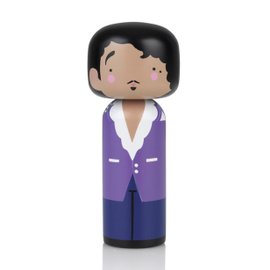
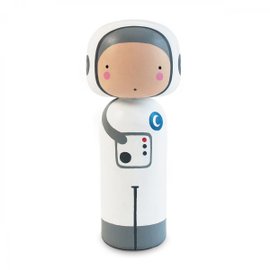
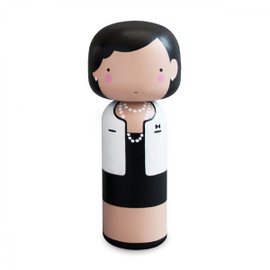
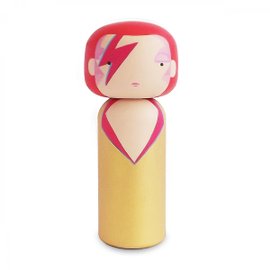
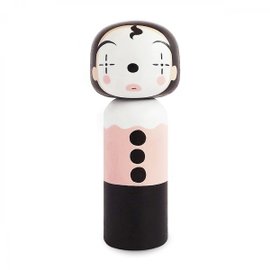


 Back to
Back to
Size*
Quantity*




